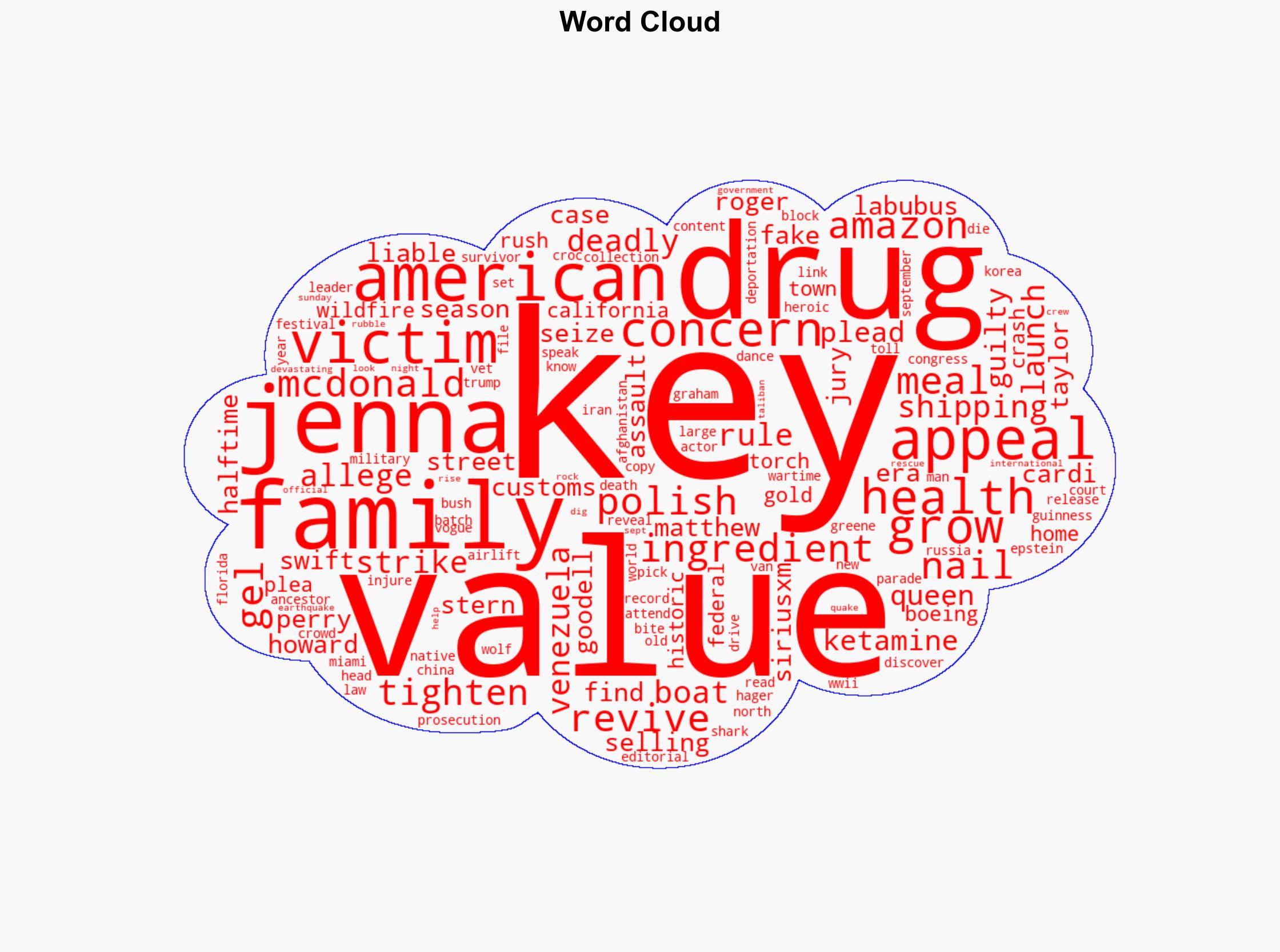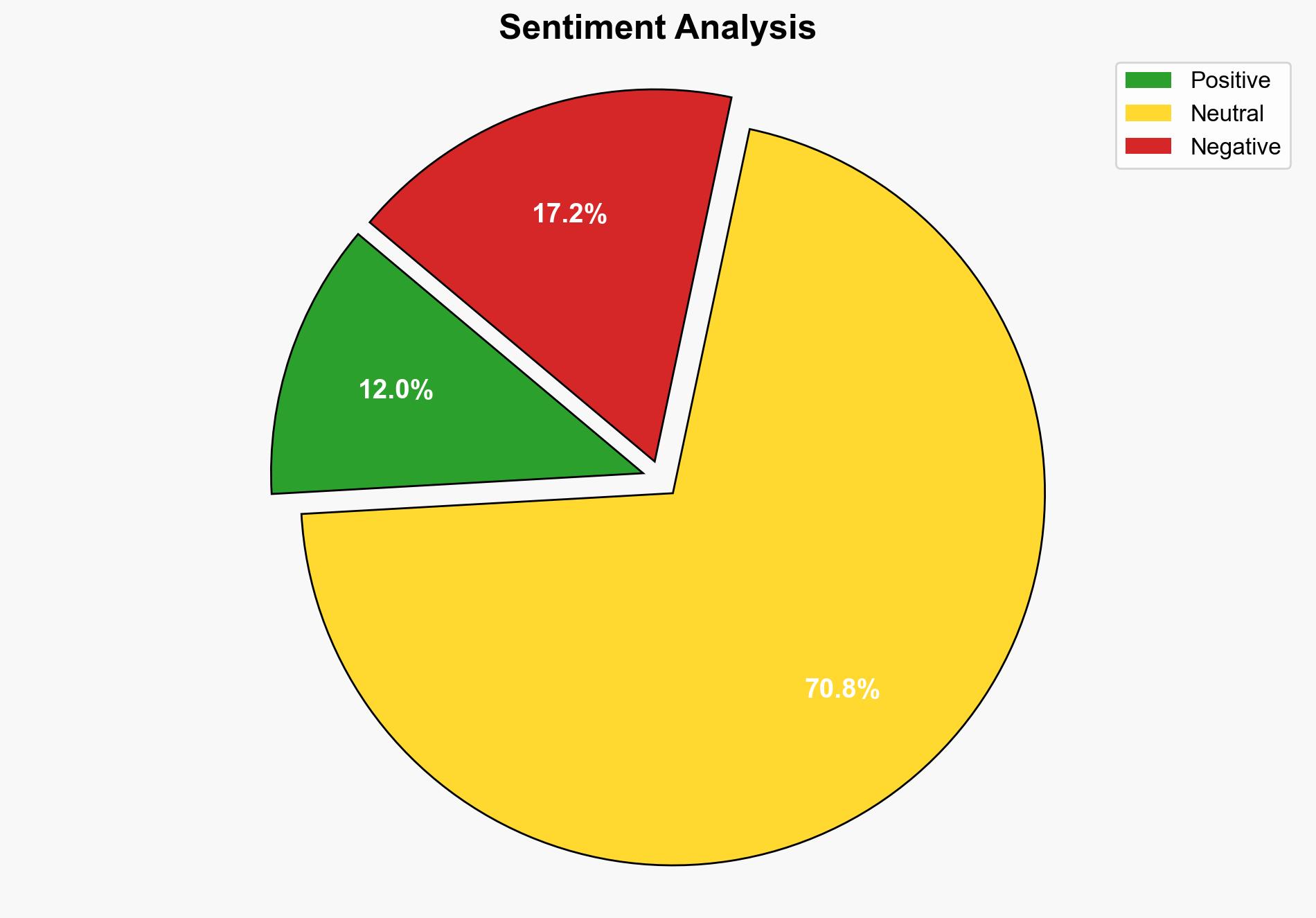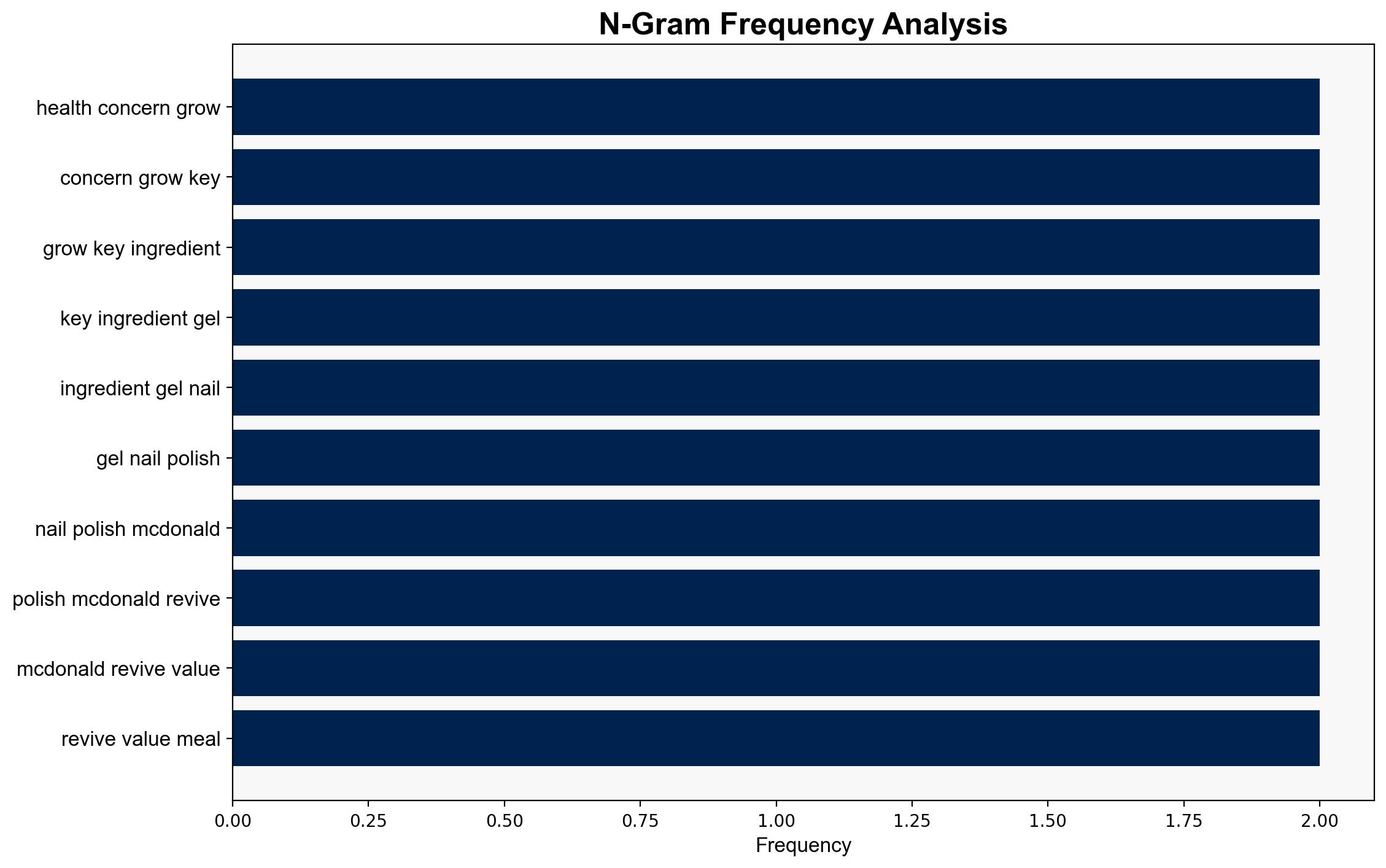Afghanistan Quake Death Tolls Rises to Above 1400 – TODAY
Published on: 2025-09-02
Intelligence Report: Afghanistan Quake Death Tolls Rises to Above 1400 – TODAY
1. BLUF (Bottom Line Up Front)
The most supported hypothesis suggests that the earthquake in Afghanistan has overwhelmed local response capabilities, necessitating urgent international aid. This conclusion is drawn with a high confidence level due to the reported high death toll and the Taliban government’s appeal for international assistance. The recommended action is to coordinate with international relief organizations to provide immediate humanitarian support and assess long-term recovery needs.
2. Competing Hypotheses
Hypothesis 1: The earthquake has severely impacted Afghanistan’s infrastructure and population, exceeding local response capabilities and requiring international aid.
Hypothesis 2: The reported death toll and damage are exaggerated by the Taliban government to garner international sympathy and aid, potentially diverting resources for other purposes.
Using Analysis of Competing Hypotheses (ACH), Hypothesis 1 is better supported by the consistent reports of high casualties and the Taliban’s public appeal for help. Hypothesis 2 lacks corroborating evidence and is less plausible given the immediate humanitarian focus.
3. Key Assumptions and Red Flags
Key assumptions include the accuracy of the reported death toll and the sincerity of the Taliban’s appeal for aid. A red flag is the potential for information manipulation by the Taliban, given their historical control over media narratives. The absence of independent verification of the situation on the ground is a blind spot.
4. Implications and Strategic Risks
The earthquake could exacerbate existing humanitarian crises in Afghanistan, potentially leading to increased regional instability. There is a risk of aid being misused if not properly monitored. Geopolitically, this situation may influence international relations, particularly with countries hesitant to engage with the Taliban regime.
5. Recommendations and Outlook
- Coordinate with international NGOs and UN agencies to ensure aid reaches affected populations directly.
- Implement monitoring mechanisms to track aid distribution and prevent misuse.
- Scenario Projections:
- Best Case: Effective international aid mitigates the crisis, stabilizing the region.
- Worst Case: Aid is misused, leading to prolonged suffering and increased regional instability.
- Most Likely: Partial aid effectiveness with ongoing challenges in distribution and monitoring.
6. Key Individuals and Entities
– Taliban government officials (unnamed in the report)
– International relief organizations
7. Thematic Tags
national security threats, humanitarian crisis, regional focus, international aid coordination




